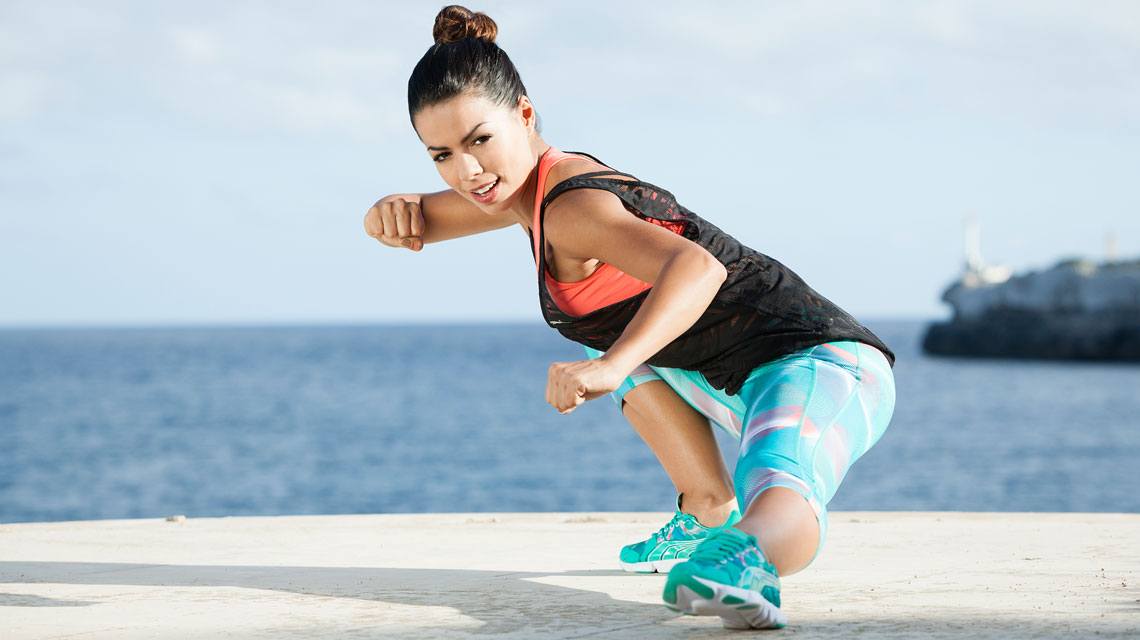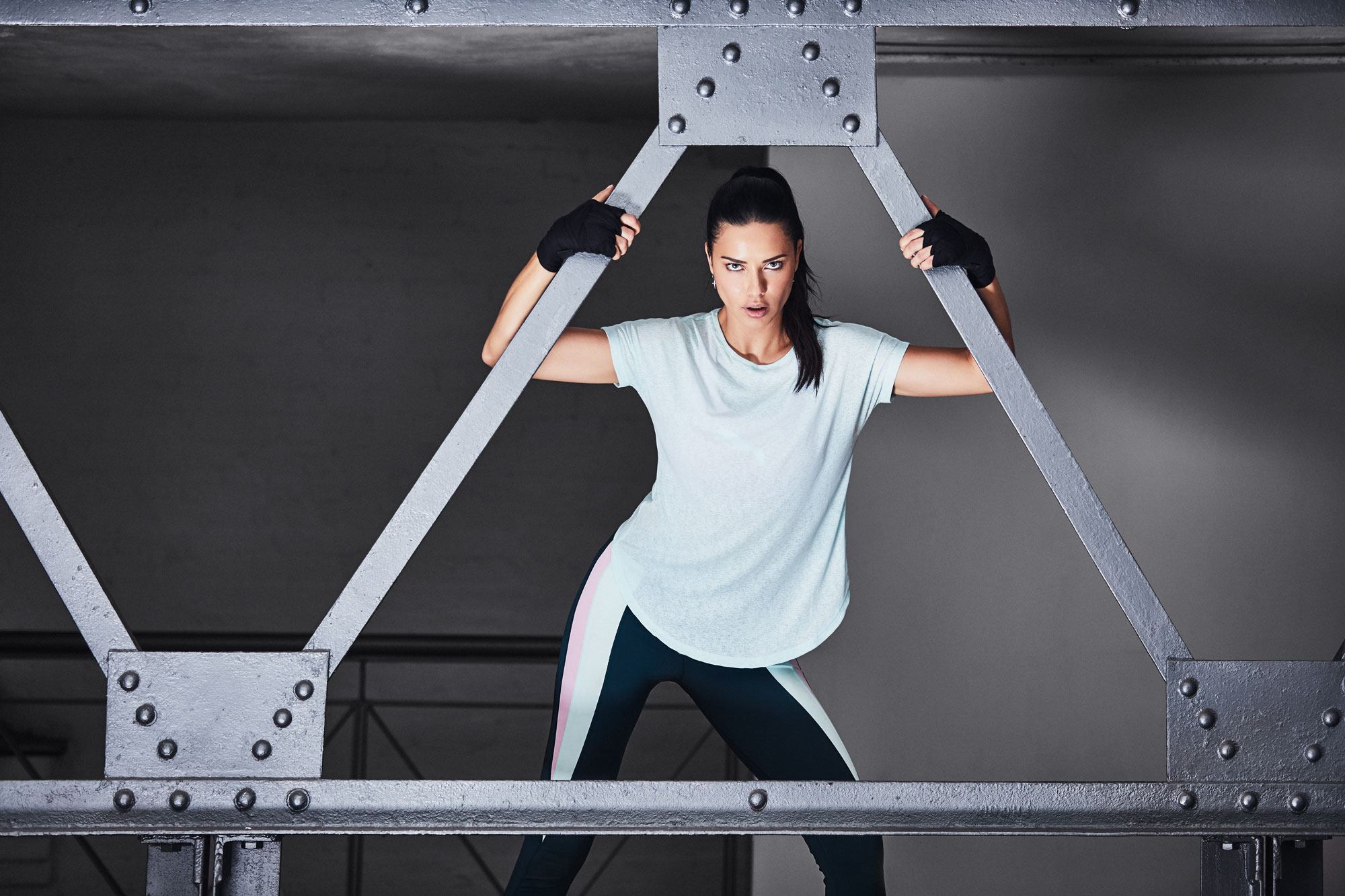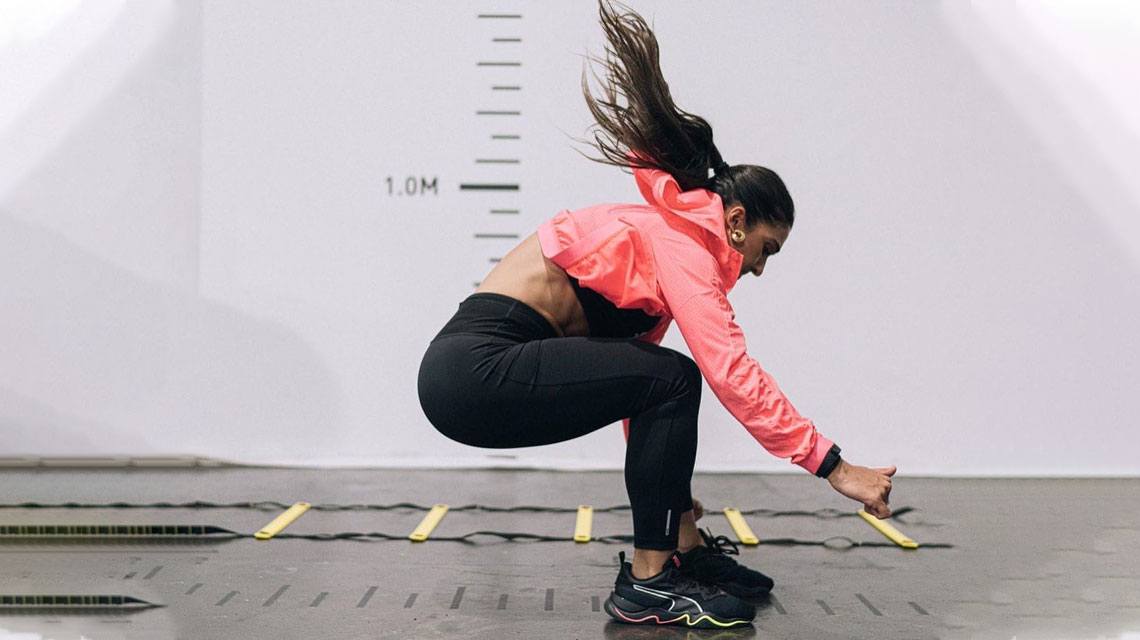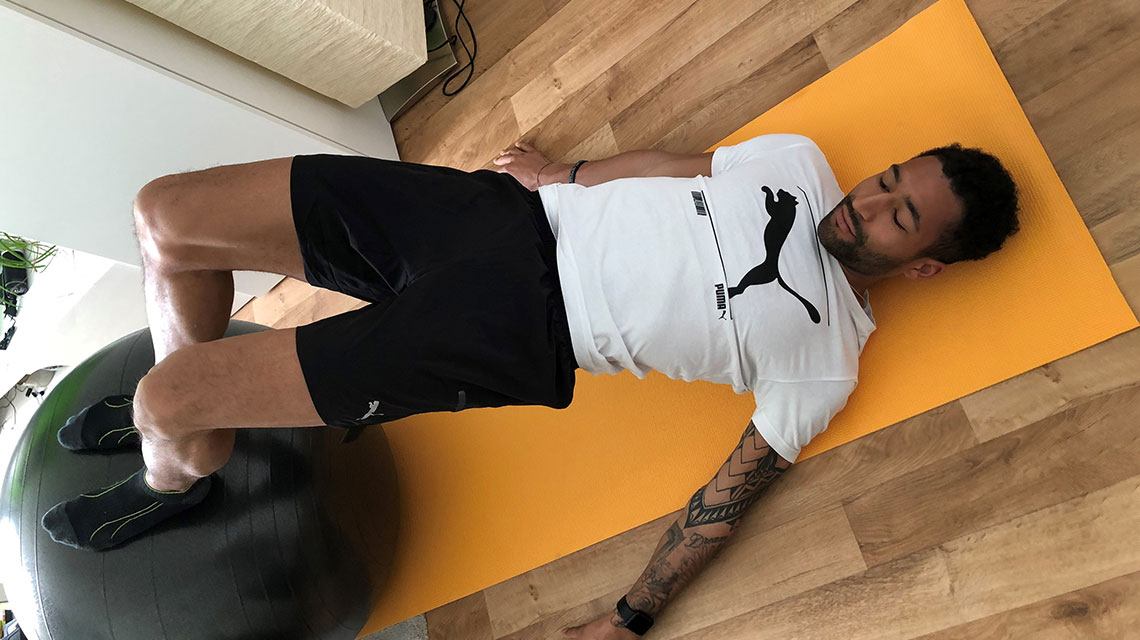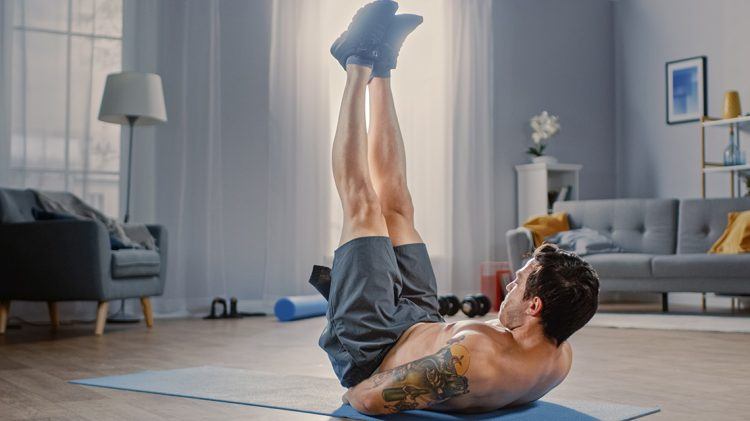
Build a Strong Back
Without a Gym
A balanced body is a happy body
December 14, 2020A balanced body is a happy body
December 14, 2020We are all spending a lot more time at home these days, often without easy access to our favourite gym equipment. But the situation doesn’t have to be a body breaker— this time can be spent figuring out a strong and sweaty circuit to do in the privacy of your own space. WFH (workout from home) and build your back with these simple exercises and explanations.
Why?
Many injuries and aches originate due to a misunderstanding of basic anatomical alignment. Every muscle that helps you perform a movement is countered by a muscular group supporting the opposite action; this system of agonists and antagonists is what gives you stability and allows you to move properly. But the body is super smart, and muscle groups will only grow as much as the counter group—so your abs will not develop past a certain point if your lower back muscles (the opposing area) remain weak.
Especially with our modern lifestyle that involves so much sitting and slouching towards the artificial glow of screens, many of us are well on our way towards chronic imbalances in the body. And when some of the main muscle groups are underused, others become overused leading to strains, injuries and a whole lot of problems. Not good.
A vast majority of people will complain about back pain at some point in their lives. But by giving some love to your posterior and strengthening your back muscles you can prevent injury, improve your posture, give greater definition to your abs, and even lift and tone your glutes. Spinal symmetry is the new six pack!
Here are some targeted exercises to get you strengthening that posterior chain today. For most of these workouts, try following a timed set and focus on the quality of movement, rather than trying to reach a certain number of repetitions.
(No Equipment Necessary)
Superman (or superwoman)
Wonderful exercise for lower back pain and posture imbalances — strengthens the spinal extensors running on either side of your spine
- Lay on your stomach, arms extended in front of you with palm facing down and legs stretching behind you.
- Squeeze your core muscles for stability and begin to lift your arms and legs off the floor, arching your back.
- Hold for a few breaths and then lower back down to the floor.
Planks
Requires complex muscular engagement, strengthens deep muscles running from the pelvis along the spine and up to the shoulder girdle
- Come into plank position balancing on your forearms (or hands for harder variation), shoulders stacked over elbows. Press back into your toes (heels stacked over the balls of your feet).
- Head is relaxed, looking slightly forward with a neutral curve in the neck.
- Keep core and glutes engaged, body in a straight line without sagging.
- Try to hold for one minute, rest for one minute. Repeat.
Bridge Pose
Targets the full posterior chain and balances/stretches out anterior muscles
- Lie on your back, knees bent and feet flat on the floor at hip-width distance apart, neutral pelvis tilt with arms relaxed at your sides.
- When ready, drive down through your feet, activate your glutes and raise your hips towards the ceiling in a slow controlled movement.
- Hold here for a few breaths, pressing steadily into your feet and shoulders where they contact the floor before slowly lowering down.
- Repeat until you feel stretched.
Cobra Pose
Stretches muscles in the front of the torso, increases spinal flexibility and is great for reducing back pain
- Lie flat on your stomach, forehead and backs of feet pressing into the ground and palms pressing down on either side of your rib cage (slightly lower than your shoulders).
- Draw your belly back towards the spine and press into your hands to rise.
- Keeping your feet and hips on the floor, use your back muscles to lift your torso, hands are there for balance and support.
- Hold for a few deep breaths and lower back down.
- Repeat until you feel stretched.
( Some Equipment Necessary)
Resistance Band Seated Row
This compound exercise fires up your whole back, really toning the lats and traps while targeting the rhomboids (muscles between shoulder blades)
- Attach resistance band securely to something close to the base of your feet.
- Sit on ground with legs stretched out in front of you. Lean forward with arms fully extended, grasp band and pull back until tight.
- Pulling arms back and towards your chest, elbows brush sides in a rowing motion.
- Pause once vertical and arms are pulled back; slowly release and let the band pull you forward, maintaining a straight back until you are back to the starting position.
- Row for one minute, rest for one minute. Repeat.
Stability Ball Rollout
Requires focus, works both core and back muscles as you maintain balance and stabilization
- Kneel with a stability ball in front of you, place your forearms on the ball (shoulder-width apart).
- Roll the ball away from you, slowly sinking your body towards the floor and extending as much as you are able with a flat back and tight abdomen. Make sure not to arch in the lower spine!
- Hold the extension before reversing the ball back towards the starting position.
- Roll out and in for one minute, rest for one minute. Repeat.
Resistance Band Squats
Full body workout, fantastic for strengthening lower back, erector column and glutes. The resistance band is an amazing tool for strength training and rehabilitation!
- Stretch band below feet and slowly raise it overhead, so your palms are facing up, pushing against the resistance.
- Maintain this contact, squeeze your core and ground down through your feet to sink into a squat with arms still raised straight above.
- Rise up against the resistance and come back to standing.
- Perform these squats for one minute, rest for one minute. Repeat.
